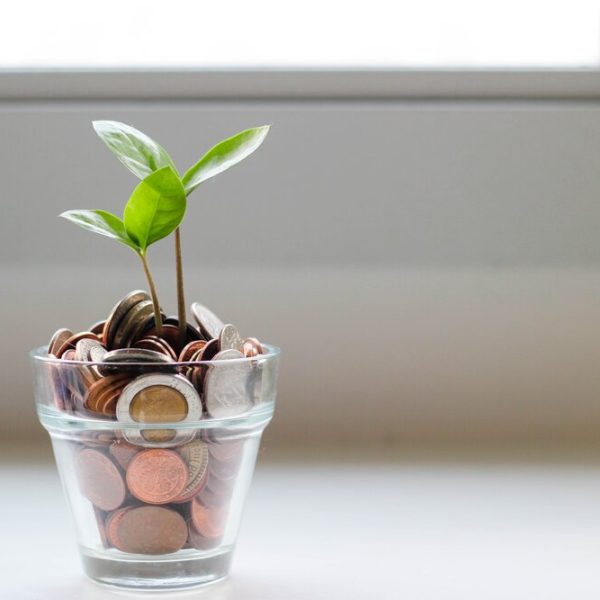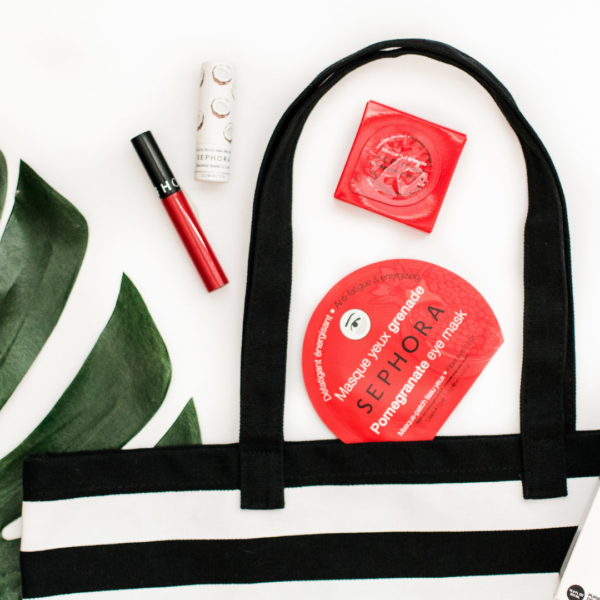Creating a spending plan is an amazing way to gain control of your finances and your life. Once you figure out how much your basic needs cost you, you can work out how much you need to save to reach your goals and how much you can spend on whatever else you want.
Not sure if you can afford that beach vacation? Just check the spending plan! Whether you’re budgeting down to every dollar or just want to be able to spend money stress-free, creating a spending plan is for anyone and everyone.
There are four areas to consider when creating your spending plan:
-
fixed expenses
-
short term savings
-
long term savings
-
daily spending
In this article, I hope to help shift your money mindset from seeing a spending plan as negative and restrictive, and instead seeing it as an amazing and freeing way to reach your goals. Spend more on things you actually care about and cut out the other stuff.
Fixed Spending
This is the easy and boring section of your spending plan where you figure out how much your fixed expenses cost. Your mortgage, your rent, any subscriptions like Netflix, Spotify or your monthly gym classes, anything that is the same price every single month.
We want to calculate fixed expenses as an exact number so we are aware of how much our life is costing us. The rule of thumb is that your fixed expenses should be no more than 50% of your monthly take home income but take that with a grain of salt. If you’re living in a big city like New York city or Toronto, you’re probably going to be paying more for housing than if you were living in a small town. With that being said, you still want to be able to enjoy other aspects of life so be wary of those crazy living costs.
Short-term Savings Goals
Short term savings are life changing. There is absolutely no way I would have saved enough to go on a trip to Europe earlier this year if I hadn’t made a short term savings plan specifically for travelling.
Would you like to take a family vacation next year? How much do you think that might cost? Let’s say it costs $4000 for you and your family to leave town for one week. If the vacation is next summer, let’s divide that $4000 by the 12 months in the year, and you’ll only have to save $334 each month.
The same goes for property taxes, car insurance or funds for Christmas spending! Think about how much you might need for a specific event in the future, break it down to more manageable pieces and actually make it happen! $334 broken down seems a lot less scary than the full $4000 doesn’t it?
Longterm Savings Goals
When would you like to retire? Would you like to own a home one day? How much might you need for a downpayment? Would you like to pay for your child’s education? These are just some common examples of long term goals that you might want to consider in your own life.
It might be daunting to think about things so far in the future but it can actually be really exciting. Breaking down your big dreams into smaller actionable pieces can really help you focus is the best way to help you reach your goals.
I currently have over $30,000 invested in the stock market and if I don’t invest another penny, I’ll have approximately $515,000 by the time I’m 63 years old (assuming a 7% annual return). That’s right. If I just sit back from this day forward and let my 30K compound upon itself year after year, I’ll have just over half a million dollars in 40 years time. That is the power of time and compound interest.
With that being said, I will probably need at least double that amount to comfortably retire (and most of that 30K will be used as a downpayment in the near future), it’s comforting knowing that I would be okay if I wasn’t able to save another dollar over the next 40 years. There’s no need to stress, no need to panic, I’ve got everything under control.
Give yourself the piece of mind. Start by writing down on paper what your longterm goals are, then you can start to break them down into smaller action items and figure out how you’ll realistically be able to reach those goals.
What really helped me invest close to 50% of my income consistently for the past two years has been automation. I set up automatic withdrawals from my chequing account to my investment fund the day after my payday every two weeks. I highly recommend automating your savings if you can because more often than not, you’ll always find a reason not to manually transfer the money!
Daily Spending Money
Now this is the section you don’t have to budget down to the T every month, you simply need to be aware of the amount of money you have left to spend each month after all of the necessities and savings goals have been met. Maybe you have $1000 leftover each month and as long as you can pay for your grocery bill and gas to get to and from work, the rest of the cash is totally up to you to spend however you’d like. Knowing this limit as an exact number is so freeing and helps break the cycle of constantly feeling broke.
If you do want to budget down to every dollar like I do, be aware that your spending will change month to month. If you go over budget in one section, that’s totally okay, just try to hold back in another and adjust it for the next month. Let’s say you usually spend $150 on groceries but one month you might spend closer to $400 because you had a big family dinner to host. I like preparing my budget in advance so that I can anticipate major events like that happening each month and spend accordingly. However, budgeting doesn’t necessarily work for everyone. It does take some work.
Some other categories I spend regularly are:
-
Clothing/Shoes
-
Eating Out
-
Groceries
-
Transportation
The rule of thumb is that spending money should take up 30% of your take home monthly income but don’t worry too much about that, it’s just a guideline. If you can pay all of your bills and meet all of your savings goals and still have 70% leftover then who am I to tell you not to spend it! But to me, there’s a difference between spending money on anything and everything versus spending money on experiences and items that truly make you happy.
It’s so important to be mindful of what we’re actually buying on a day-to-day basis. I can’t tell you how many times I’ve tapped my credit card and walked away having no idea how much I just spent. Was it $15 or $50? My money mindset is still a work in progress as well.
Start by taking a look at your receipts or your credit card statements and either write them all down by categories or simply skim through your purchases. What purchases made you happy? Were there purchases you rolled your eyes or shook your head at? Roughly how much did you spend on random things you really couldn’t care less about? Did you spend more than your income? Let’s unpack that.
It’s so important to figure out what truly brings you joy, cut out the other stuff and spend more on things that make you happy. If you like your $5 lattes, no problem. If you like to buy expensive handbags, alright then, let’s see where we can fit that in while still saving for vacations and retirement too. If you like going out for avocado toast, amazing, do it. That’s truly not going to break the bank if you are consciously setting aside a designated portion of your spending money to pay for it. The issues arise when we spend our money mindlessly all the time and end up constantly feeling broke.
The small random purchases can seriously add up and casting a blind eye is not the best route to take. Look at your spending and reflect upon it. What would you like to be able to spend more money on? Let’s make it happen in your spending plan!
Learn more about budgeting at How To Start Budgeting.
Knowledge Is Power
I have heard countless people tell me they don’t even look at their bank account or their credit card statements because they just don’t want to know.
I promise you, knowing the exact limit on how much you have to spend each month is so freeing. Knowing the exact amount of debt you have is essential in making a plan to pay it off. You might think that having this hard limit would feel restraining but it absolutely does not. No more swiping the card hoping you’ll have enough by the end of the week, unsure if you can actually afford whatever is it you’re buying. You’ll be spending money stress-free, completely in control of your personal finances.
All In All
The 50/30/20 rule states that no more than 50% of your income should go to fixed expenses, 30% of your income should go to spending money and 20% of your income should go to savings. As always, these are general guidelines to simply be aware of but you can use your own judgement to ensure you create a life that you love.
Creating a spending plan will help you understand how much your needs and wants cost and squeeze in other goals where you want to. Vacation? Make it happen. Debt pay off? You’ve got this! Knowing the exact numbers you have to work with and making a plan for the present and the future will provide so much freedom in your life. You are in control of your money, your money is not in control of you.
Check out my free budget template if you’re interested!
“See money – currency – as the flow of energy and giving that cycles between you, others and me. Now let it flow kindly, fairly and mindfully.”
Disclaimer: I am not a certified financial planner or investment advisor. The ideas posted on this website are my own opinions on how I manage my personal finances. The content is specifically for educational and informational purposes and is not considered professional financial advice. Everyone’s finances work differently and you will have to do your own due diligence before making any financial decisions.
Pin it for later!









Leave a Reply